Violence
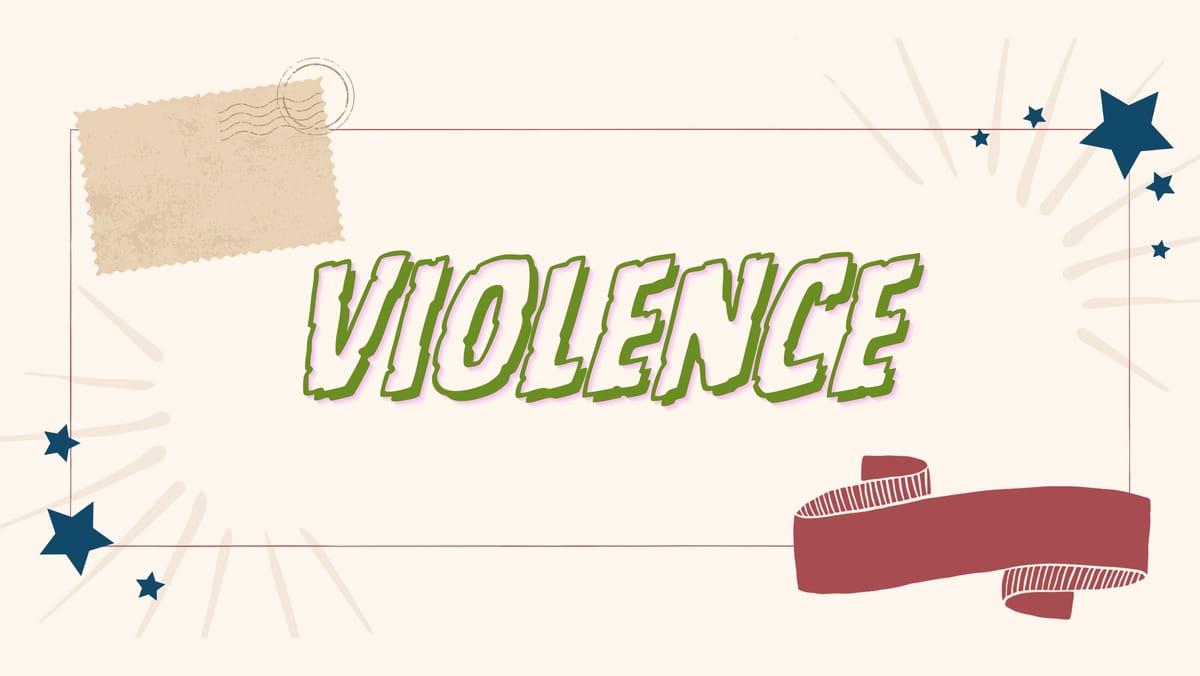
Donald Trump and the deadly Charlottesville rally
7 years ago today, white supremacists and neo-Nazis marched on Charlottesville, chanting racist and antisemitic bile and killing an innocent woman.
— Kamala HQ (@KamalaHQ) August 12, 2024
This is who Donald Trump calls “very fine people” pic.twitter.com/FfHJhWVR9B
In August 2017, Charlottesville, Virginia, was the site of a violent and tragic event known as the Unite the Right rally. The rally was organized by white nationalists, neo-Nazis, and other far-right groups to protest the planned removal of a statue of Confederate General Robert E. Lee from a public park. The event attracted counter-protesters, including civil rights activists and local community members.
On August 12, clashes between the rally attendees and counter-protesters escalated into violent confrontations. The situation turned deadly when a man associated with white supremacist groups drove his car into a crowd of counter-protesters, killing 32-year-old Heather Heyer and injuring 19 others.
Former President Donald Trump’s response to the events in Charlottesville drew widespread criticism. On the day of the incident, he addressed the nation, stating:
“We condemn in the strongest possible terms this egregious display of hatred, bigotry, and violence on many sides—on many sides.”
Many felt that his remarks failed to specifically denounce white supremacist groups and instead seemed to equate the actions of both the rally attendees and the counter-protesters.
Two days later, on August 14, President Trump made another statement, more directly condemning racist groups:
“Racism is evil, and those who cause violence in its name are criminals and thugs—including the KKK, neo-Nazis, white supremacists, and other hate groups that are repugnant to everything we hold dear as Americans.”
However, on August 15, during a press conference at Trump Tower, he reiterated his initial stance and said:
“I think there is blame on both sides. You look at both sides—I think there is blame on both sides. And I have no doubt about it, and you don’t have any doubt about it either.”
He also commented:
“You had some very bad people in that group, but you also had people that were very fine people, on both sides.”
These remarks reignited controversy, with critics arguing that he was again equating white supremacists with those protesting against racism. Supporters claimed he was acknowledging that not all individuals present were extremists.
The incident and President Trump’s responses became a focal point for national discussions about race, extremism, and the responsibilities of leadership in condemning hate groups.
Donald Trump and January 6th on Capitol
Democratic Convention reveals new ad featuring unearthed footage of January 6: “If Trump is elected, he will never be held accountable.” pic.twitter.com/rqaQG35RPn
— Kamala HQ (@KamalaHQ) August 22, 2024
On January 6th, 2021, a large group of supporters of then-President Donald Trump gathered in Washington, D.C., to protest the certification of the 2020 presidential election results, in which Joe Biden was declared the winner. During a joint session of Congress convened to certify the Electoral College votes, a segment of the protesters breached security barriers and forcibly entered the U.S. Capitol Building.
The intrusion led to the evacuation of members of Congress and a temporary halt to the certification process. The event resulted in property damage, injuries, and several deaths, including both protesters and law enforcement officers. The incident prompted widespread condemnation and raised concerns about the security of the Capitol and the state of political discourse in the United States.
In response to the events, Donald Trump initially addressed the crowd earlier in the day, encouraging them to march to the Capitol to “peacefully and patriotically make [their] voices heard.” As the situation escalated, he released a video message urging his supporters to go home while reiterating unsubstantiated claims of election fraud. On January 7th, he issued a statement committing to an orderly transition of power to the incoming administration.
Three years ago today. pic.twitter.com/a6mttg7P9A
— Joe Biden (@JoeBiden) January 6, 2024
Capitol riots timeline: What happened on 6 January 2021?
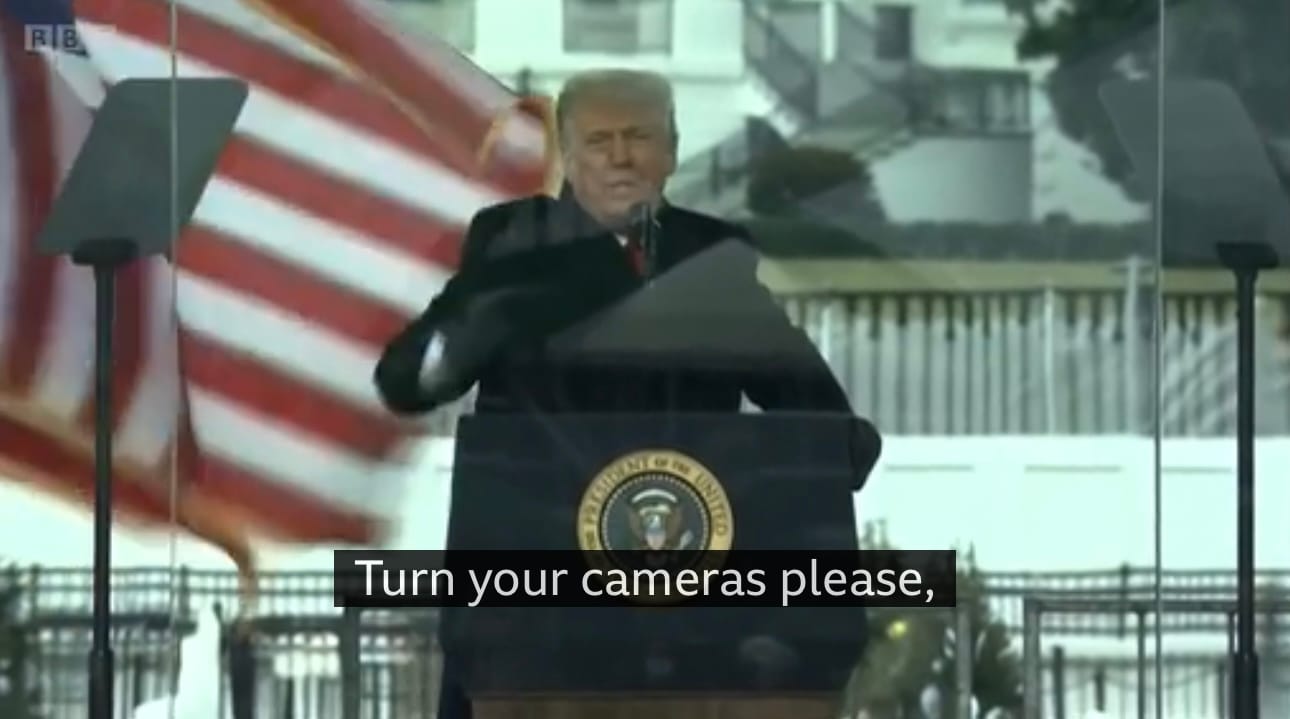
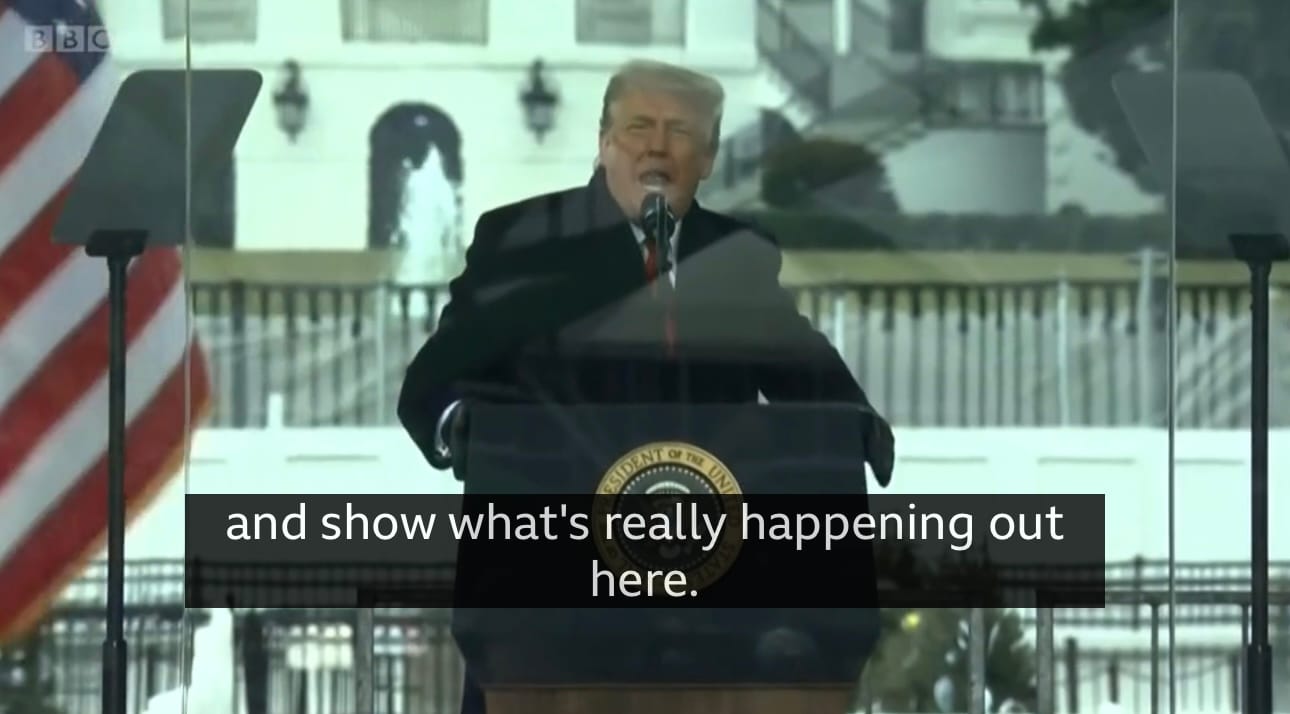

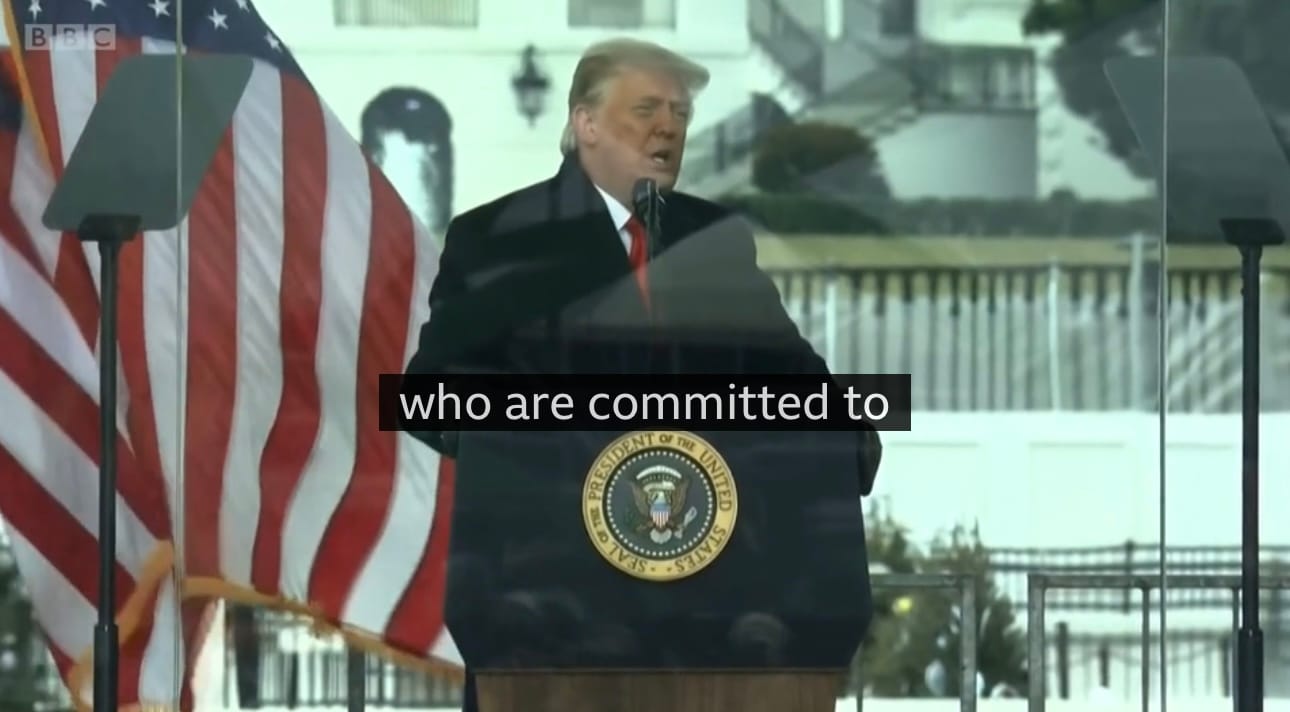
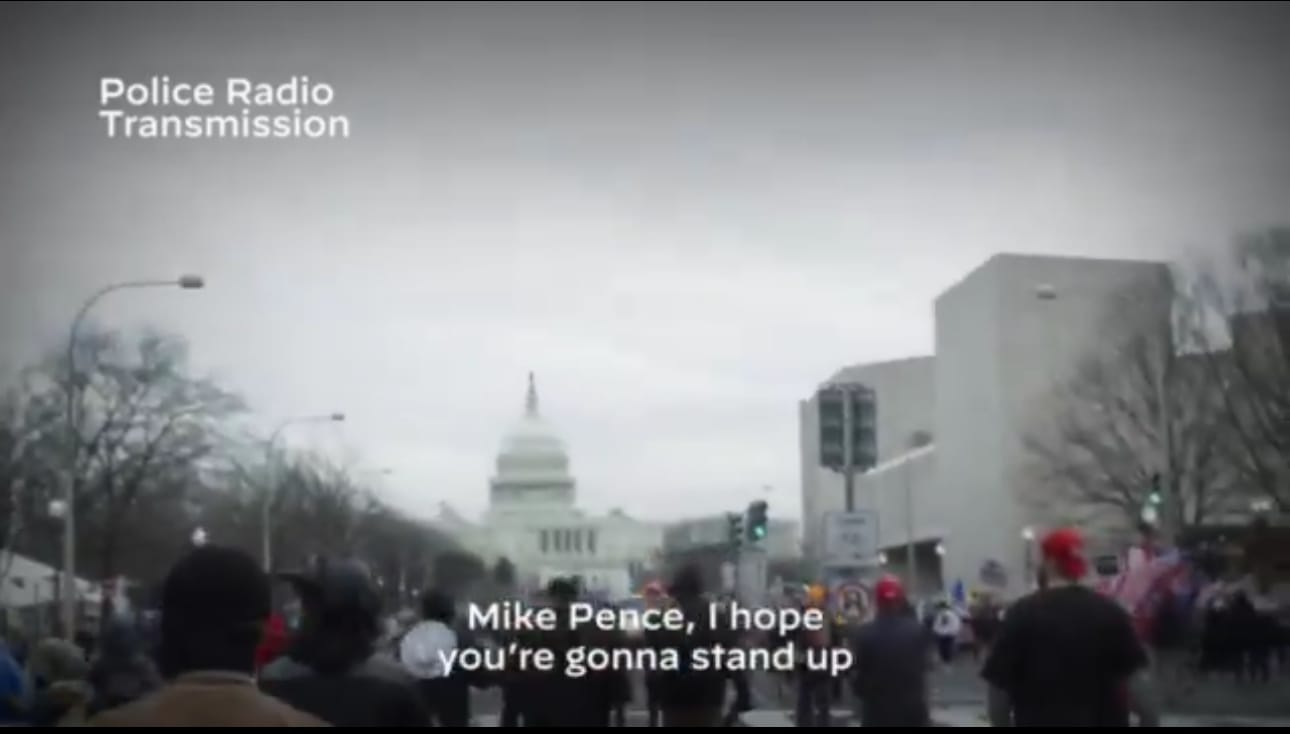


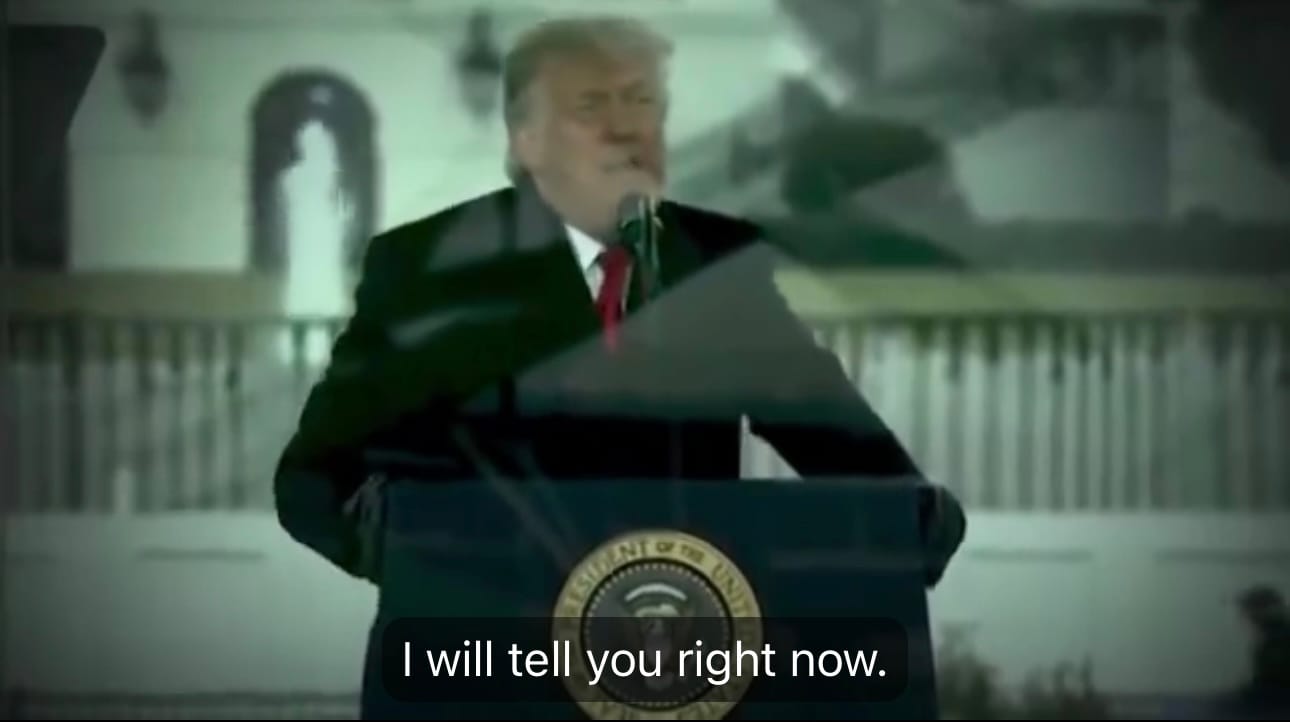

Trump warns: 'If I don't get elected, it's going to be a bloodbath.'
And Then......
Days after promising a “bloodbath” if he loses, Trump now says America will “cease to exist” if he loses pic.twitter.com/kPJNXEKZEU
— Kamala HQ (@KamalaHQ) April 2, 2024
And Now...... Donald Trump has chillingly suggested sending the military or National Guard after US citizens on Election Day.
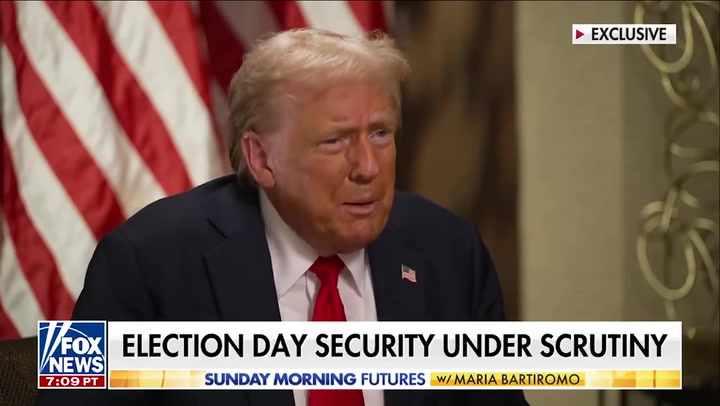
What will happen under Project 2025?
PROJECT 2025 IS A PLAN TO SEIZE POWER WITHIN THE FEDERAL GOVERNMENT.
First: They’d make it easier to fire non-partisan government employees, like they attempted to do at the end of Trump’s administration.
Reissuing Trump’s Schedule F Executive Order to Permit Discharge of Nonperforming Employees
What It Means: Reinstating Schedule F would reclassify a large number of federal employees into a new category that lacks traditional civil service protections, making it easier to hire and fire them based on performance and alignment with the administration’s agenda.
Potential Impacts:
Increased Administrative Control: The administration could more swiftly implement its policies by replacing noncompliant employees.
Politicization of Civil Service: Could lead to concerns about employees being hired or fired based on political loyalty rather than merit.
Legal Challenges: Likely to face lawsuits and pushback from federal employee unions and civil rights organizations.
Then, they’d replace them with politically appointed Trump Loyalists.
Reissuing Trump’s Schedule F Executive Order to Permit Discharge of Nonperforming Employees
What It Means: Reinstating Schedule F would reclassify a large number of federal employees into a new category that lacks traditional civil service protections, making it easier to hire and fire them based on performance and alignment with the administration’s agenda.
Potential Impacts:
Increased Administrative Control: The administration could more swiftly implement its policies by replacing noncompliant employees.
Politicization of Civil Service: Could lead to concerns about employees being hired or fired based on political loyalty rather than merit.
Legal Challenges: Likely to face lawsuits and pushback from federal employee unions and civil rights organizations.
Limiting, Controlling, and Directing the Executive Branch
What It Means: Centralizing authority within the executive branch to ensure all agencies align closely with presidential directives.
Potential Impacts:
Efficiency in Policy Implementation: Streamlined decision-making could expedite policy rollout.
Erosion of Checks and Balances: May undermine the independence of federal agencies designed to operate without direct political influence.
Morale and Retention Issues: Career officials might resign or disengage, leading to a loss of institutional knowledge.
Aggressive Use of the Vast Powers of the Executive Branch
What It Means: Utilizing executive orders, regulatory changes, and other presidential powers to achieve policy goals without relying on legislative approval.
Potential Impacts:
Rapid Policy Changes: Ability to enact significant changes quickly in areas like immigration, environmental regulation, and education.
Legal and Constitutional Challenges: Actions may be contested in courts, leading to potential setbacks and uncertainties.
Congressional Relations: Could strain relationships with Congress, leading to legislative pushback or gridlock.
boldness to bend or break the bureaucracy to the presidential will
What It Means: Implementing drastic reforms within federal agencies to ensure compliance with the administration’s objectives.
Potential Impacts:
Restructuring Agencies: Possible elimination or consolidation of departments and programs.
Employee Pushback: Resistance from within could slow down or complicate implementation efforts.
Public Perception: May raise concerns among the public about overreach and the dismantling of essential services.They’d end the independence of the Department of Justice and FBI...
They’d end the independence of the Department of Justice and FBI...
Conservatives have long believed in either ending law enforcement activities of independent agencies or ending their independent status.
What It Means: Bringing independent agencies under direct executive control or stripping them of certain enforcement powers.
Potential Impacts:
Increased Executive Oversight: Greater control over agencies like the Federal Communications Commission (FCC) or the Securities and Exchange Commission (SEC).
Market and Legal Uncertainty: Could unsettle industries regulated by these agencies due to abrupt policy shifts.
International Implications: May affect global confidence in U.S. regulatory standards and enforcement.
…and turn them into enforcement arms of the White House.
The next conservative Administration must make every effort to obtain the resources to support a vast expansion of the number of appointees in every office and component across the department—especially in the Civil Rights Division, the FBI, and the EOIR.
What It Means: Increasing the number of administration-aligned officials in key departments that handle civil rights, federal investigations, and immigration reviews.
Potential Impacts:
Policy Realignment: Ability to redirect focus areas, such as shifting civil rights enforcement priorities or altering immigration case outcomes.
Perceived Politicization: Could lead to accusations that law enforcement and judicial processes are being influenced by political agendas.
Employee Morale: Career staff may feel undermined, leading to resignations or decreased effectiveness.
"[This] would also place the FBI under a politically accountable leader."
What It Means: Appointing FBI leadership that is directly answerable to the administration rather than maintaining the agency’s traditional independence.
Potential Impacts:
Enhanced Policy Implementation: Administration could more directly influence federal law enforcement priorities.
Independence Concerns: Risks undermining the FBI’s autonomy, which is crucial for unbiased law enforcement.
Public Trust Erosion: May decrease public confidence in the impartiality of federal investigations.
Overall Implications:
Centralization of Power: These actions collectively would concentrate more authority within the executive branch, reducing the autonomy of federal agencies and independent bodies.
Legal Challenges: Many of these changes could face significant legal obstacles, including injunctions and prolonged court battles.
Impact on Governance Norms: Such shifts might set precedents that alter the balance of power among the branches of government, potentially weakening the system of checks and balances.
Domestic and International Repercussions: Domestically, there could be increased polarization and civil unrest. Internationally, allies and adversaries alike might reassess their relationships with the U.S. based on these internal changes.
Considerations:
Supporters’ Viewpoint: Proponents might argue that these measures are necessary to overcome bureaucratic inertia and implement the electorate’s mandate effectively.
Critics’ Viewpoint: Opponents may contend that this represents an overreach of executive power, threatening democratic institutions and norms.
Conclusion: Implementing Project 2025 as described would lead to a significant restructuring of federal government operations, emphasizing executive control over bureaucracy and independent agencies. While this could enable the administration to more effectively implement its policies, it would also raise substantial concerns about the politicization of the civil service, the undermining of independent agencies, and the potential erosion of democratic checks and balances. The long-term effects would depend on various factors, including legal rulings, congressional responses, and public opinion.
Hannity: People believe that you want retribution and will use the system of justice to go after your political enemies
— Kamala HQ (@KamalaHQ) June 6, 2024
Trump: I have every right to go after them pic.twitter.com/jRP4U4To79
